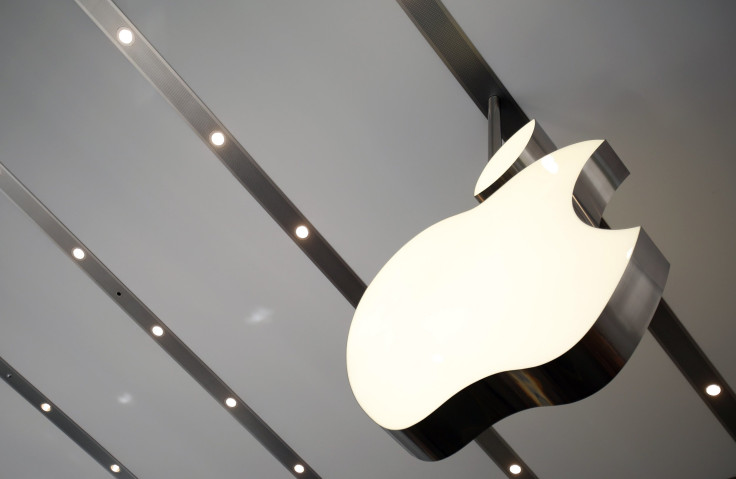The Apple Logo Is Ubiquitous, Which Explains Why We Can't Remember What It Looks Like

A new study published in The Quarterly Journal of Experimental Psychology found for as much as people are bombarded with Apple’s logo, they have a pretty poor memory of it when asked to draw it themselves.
Researchers recruited 85 undergraduate students to participate in two experiments. The first experiment rated students — both MAC and PC users — on how well they drew the logo from their memory. They were measured on factors, such as the general shape and bite and leaf size. And the second experiment focused more on the levels of confidence students felt before and after drawing their logo.
In the first experiment, only one student drew Apple’s logo perfectly; seven drew the logo with three or few mistakes; while the rest made mistakes. Prior to their drawing, researchers asked students to rate how confident they felt in the overall accuracy of their drawing. Perhaps unsurprisingly, MAC users were more confident than mixed and PC users. So it’s no surprise students who reported feeling more confident drew a better version of the logo.
But there was a drop in this confidence when researchers tracked student levels in the second experiment; this time, only 26 undergrads were participating. They found a 55 percent drop in confidence from before they drew the logo to after they drew the logo.
Ultimately, these two experiments offer a deeper look into visual memory — and how people’s memories may not be as accurate as they think.
“We found that despite relatively poor recall and recognition, participants were somewhat confident with their performance in both tasks,” researchers wrote. “The presence of this potential overconfidence is probably due to the fact that the logo is perceived to be relatively simple, pervasive, and memorable and is therefore believed to be recalled easily.”
Researchers added this may be a form of what’s called attentional saturation. The Apple logo is everywhere, meaning people may stop paying attention to its minor details. Additionally, people may use an “inferential process, such as ‘if there is a leaf, there must be a stem.’” Participants following this process may have drawn what they thought the apple should look like versus what they remember it looks like.
In 1980, researchers called this the repetition effect after they found radio listeners learned very little after hearing several advertisements for one campaign. Researchers of this study concluded being repeatedly presented with material doesn’t ensure encoding, the first step to create a new memory. Similarly, frequent exposure doesn’t always lead to enhanced memory.
“It follows that this probably extends to specific memory for other logos,” present researchers concluded. “…Given the minimalistic and (seemingly) simple nature of the Apple logo, it may be that under intentional learning conditions, people could memorize and reproduce the logo.”
Source: Blake A., Nazarian M., & Castel A. The Apple of the mind's eye: Everyday attention, metamemory, and reconstructive memory for the Apple logo. The Quarterly Journal of Experimental Psychology, 2015.



























